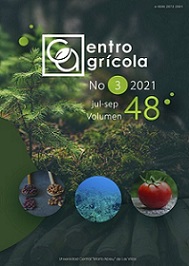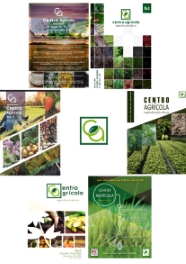RESEARCH ARTICLE
Alternative use of vinasse in the fertilization of sugar cane, effect on plant and soil
Uso alternativo de la vinaza en la fertilización de la caña de azúcar, efectos sobre el cultivo y el suelo
Emma Pineda Ruiz1; Yanima Chico Lamas2; Manuel L. Vidal Díaz1; Everaldo Becerra de Armas1; Fidel Acosta Hernández1; Irenaldo Fernández Denis1 e Ilia Lugo Ruiz1
1-Estación Territorial de Investigaciones de la Caña de Azúcar. Villa Clara – Cienfuegos. Autopista Nacional km 246. Ranchuelo. Villa Clara. Cuba, C.P. 53100.
2-Unidad Empresarial de Base “Heriberto Duquesne”. Remedios. Villa Clara. Cuba, C.P. 52700.
E-mail: This email address is being protected from spambots. You need JavaScript enabled to view it.
ABSTRACT
This research was done at the Unidad Empresarial de Base (UEB) "Heriberto Duquesne", in the municipality of Remedios, where vinasse is not appropriately used and disposed of. Two doses (60 and 80 m3.ha-1) of this aqueous effluent were used. The NPK fertilization was applied as recommended by the Servicio de Recomendaciones de Fertilizantes y Enmiendas (SERFE), and there was a control group without fertilization. The effect of the vinasse application on morphological indicators of the crop, and on some chemical properties of the soil, was evaluated. The results were statistically processed using a variance analysis and Duncan test. The treatment with a 60m3ha-1 dose of vinasse showed the best results in the evaluated indicators of growth, (number of stalks, population, thickness and length of the internodes). In addition, the vinasse applications increased the phosphorus content and assimilable potassium in the soil, and they did not influence the pH value. Then, it is stated that vinasse can be used as a fertilizer in sugarcane-growing soils.





